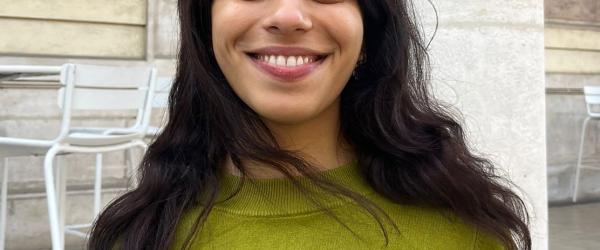Tactile contribution extends beyond exteroception during spatially guided finger movements
Maria Evangelia VLACHOU (1), Juliette LEGROS, Cécile SELLIN, Dany PALERESSOMPOULLE (2), Francesco MASSI, Martin SIMONEAU, Laurence MOUCHNINO (1) , Jean BLOUIN (1)
(1) Equipe SMP, (2) Equipe Électronique & Mécanique CRPN
Abstract: Traditionally, touch is associated with exteroception and is rarely considered a relevant sensory cue for controlling movements in space, unlike vision. We developed a technique to isolate and measure tactile involvement in controlling sliding finger movements over a surface. Young adults traced a 2D shape with their index finger under direct or mirror-reversed visual feedback to create a conflict between visual and somatosensory inputs. In this context, increased reliance on somatosensory input compromises movement accuracy. Based on the hypothesis that tactile cues contribute to guiding hand movements when in contact with a surface, we predicted poorer performance when the participants traced with their bare finger compared to when their tactile sensation was dampened by a smooth, rigid finger splint. The results supported this prediction. EEG source analyses revealed smaller current in the source-localized somatosensory cortex during sensory conflict when the finger directly touched the surface. This finding supports the hypothesis that, in response to mirror-reversed visual feedback, the central nervous system selectively gated task-irrelevant somatosensory inputs, thereby mitigating, though not entirely resolving, the visuo-somatosensory conflict. Together, our results emphasize touch’s involvement in movement control over a surface, challenging the notion that vision predominantly governs goal-directed hand or finger movements.
Article ici

